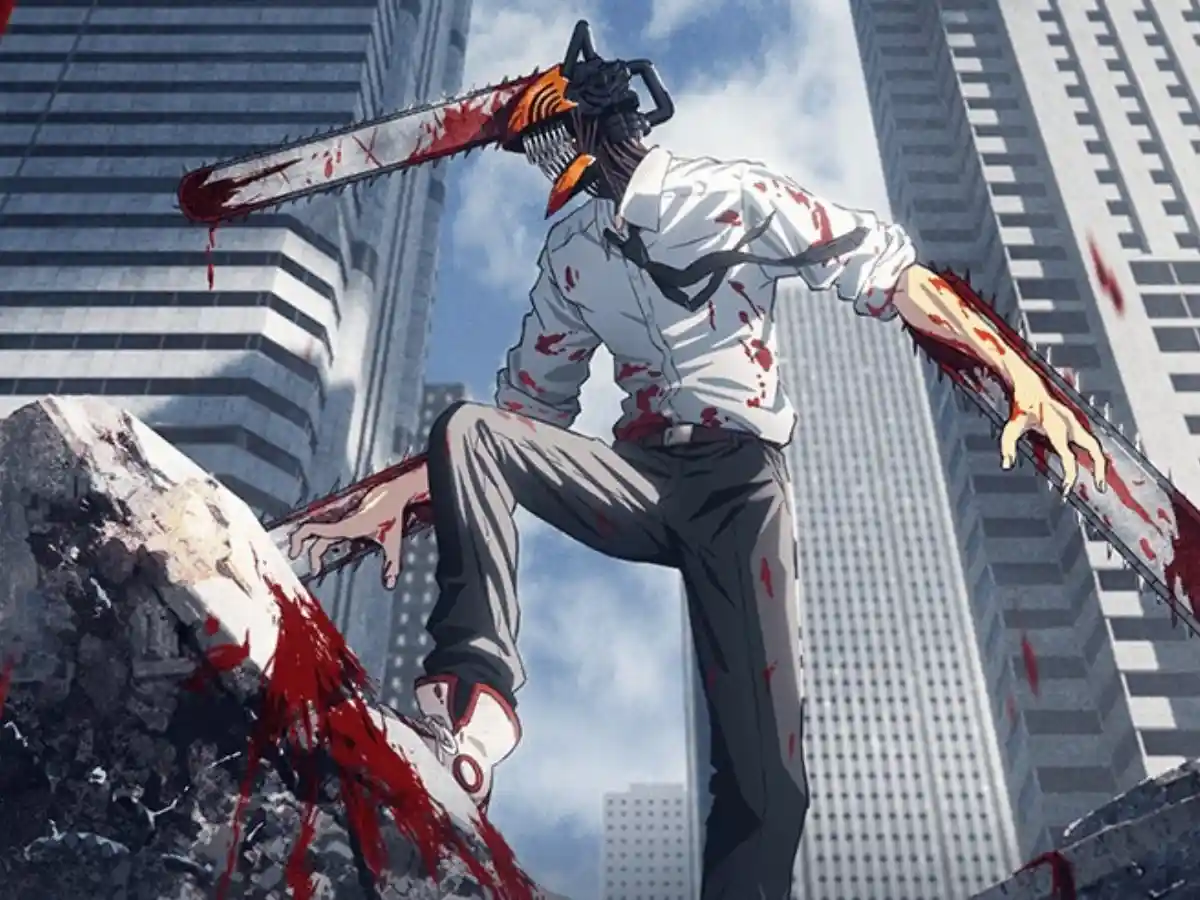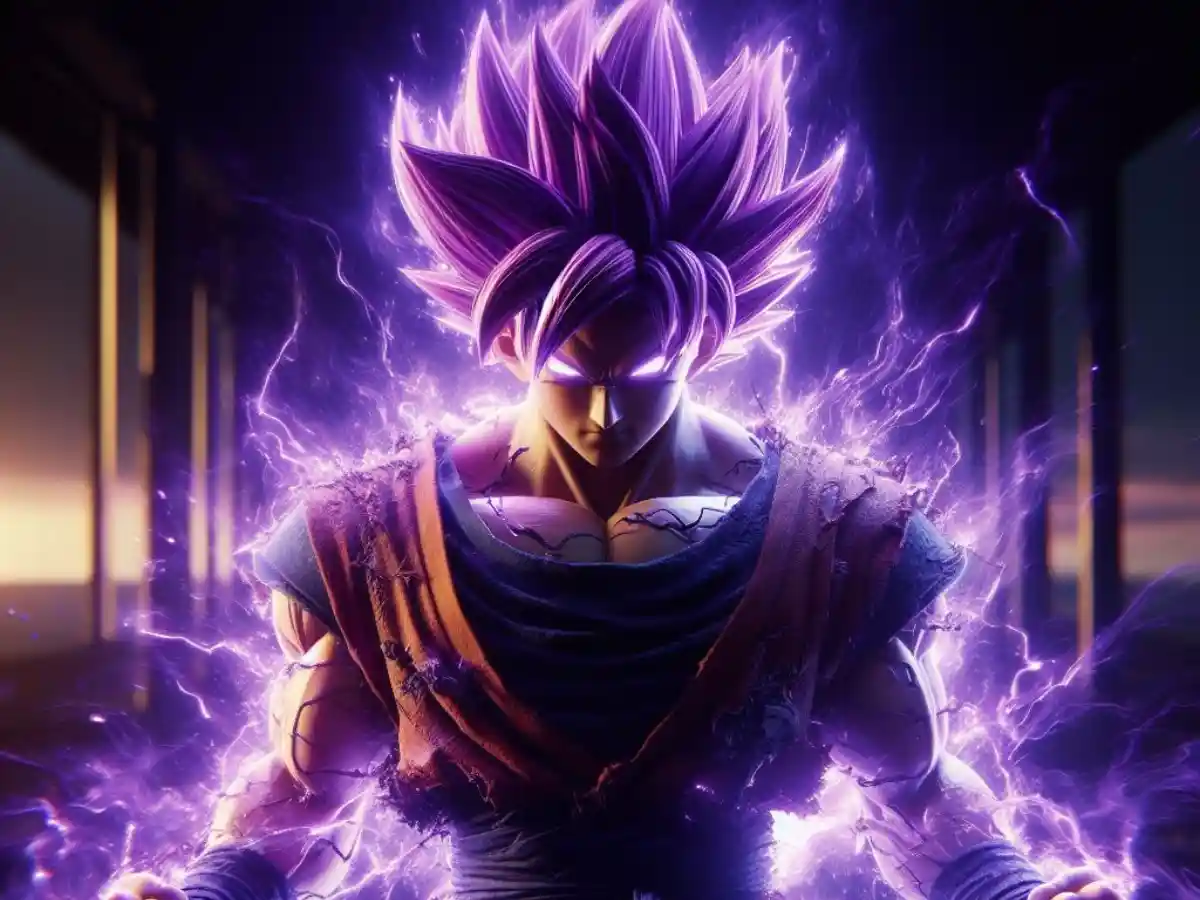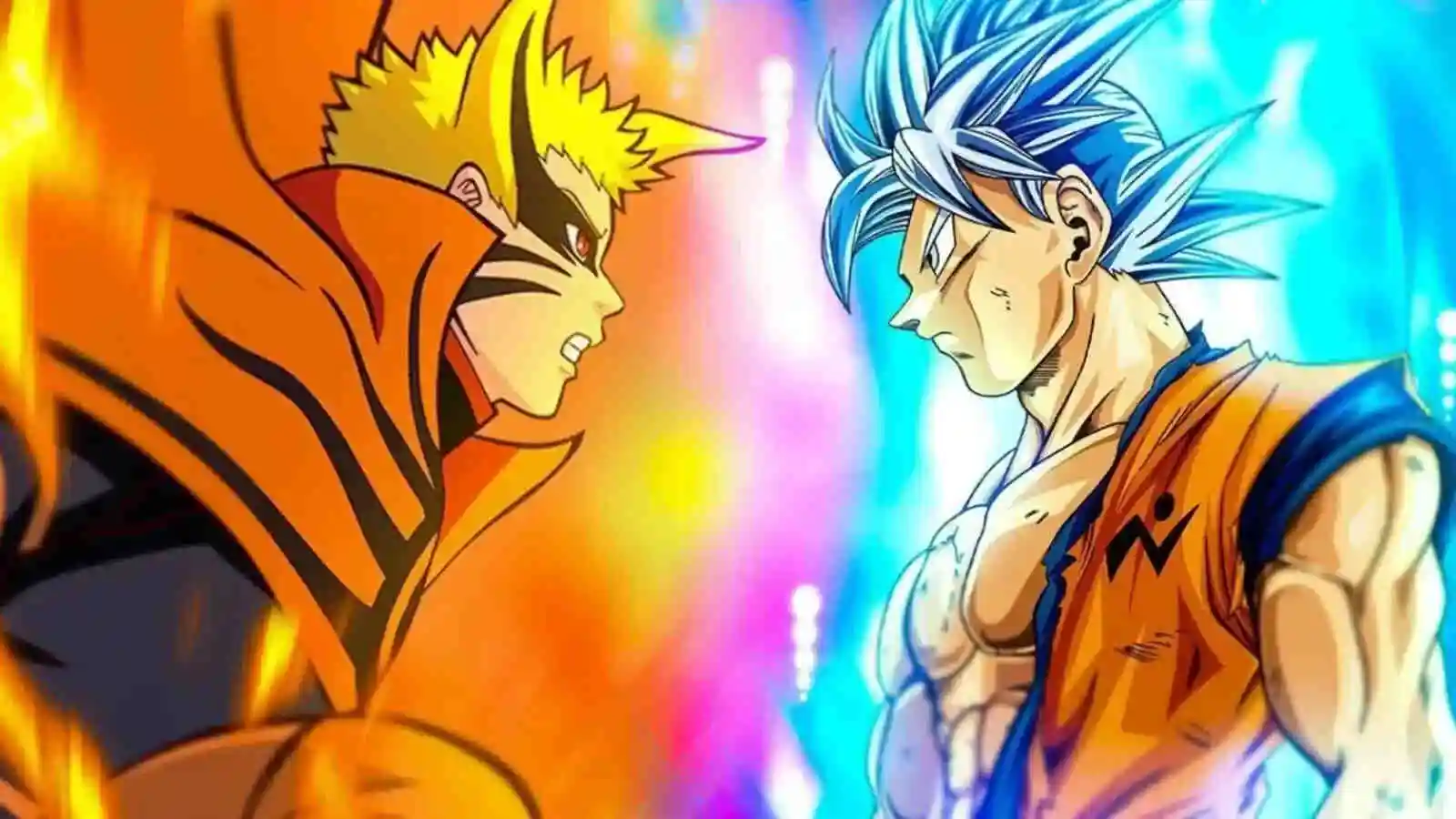The recent debut of Chainsaw Man Part 2 has ignited a divisive reaction within its fanbase, particularly regarding creator Tatsuki Fujimoto’s notable shift in art style. Since its inception in 2018, Chainsaw Man has garnered a dedicated following for its eccentric and violent storyline, further fueled by the anticipation surrounding its upcoming anime adaptation. However, the drastic change in visual aesthetics has stirred passionate discussions among fans.
Fujimoto’s new, highly stylized and detailed look for characters and environments in Part 2 stands in stark contrast to the cruder aesthetics of Part 1. While some fans on social media commend this evolution, viewing it as a display of greater technical skills, others harshly criticize the departure from the series’ initial edge and messy punk rawness, considering it a betrayal of its identity.
Chainsaw Man Chapter 152: A Visual Departure Sparks Intense Debate
So many lines … pic.twitter.com/v0ZVbR3OyC
— 새벽(saebjog) (@Marius77604613) January 9, 2024
Chapter 152 of Chainsaw Man has become the focal point of intense debate among fans, primarily centered around Tatsuki Fujimoto’s artistic style. The latest installment introduced noticeably rawer visuals, featuring heavier linework, rougher textures, and busier panel compositions compared to previous parts.
Longtime fans quickly picked up on the drastic difference, leading to heated discourse on social media. Questions arose about whether Fujimoto intentionally adopted a more unrefined style or if it was perceived as lower-quality work.
Idk I think it looks sick 🤷🏾♂️ pic.twitter.com/cN6Ly4LxMp
— homeslice 🫳🏾 (@surerightnever) January 9, 2024
Supporters argued against accusations of laziness, emphasizing the intensified grit as an intentional creative risk aligned with the volatile essence of Chainsaw Man.
Despite the divisive nature of the reaction, the extensive chatter demonstrates the depth of investment fans have in Fujimoto’s creative decisions. With the gripping narrative still intact, the shift in visual presentation continues to generate intense discussions about the manga’s artistic evolution.
Also Read: Five Jutsu Techniques Even “Copy Ninja” Kakashi Hatake Couldn’t Copy
Weekly Serialization Strain or Experimental Evolution?
The polarizing reaction to Chainsaw Man’s recent artistic shift has led to speculation about the creative factors driving this change. Some fans attribute the rough, chaotic aesthetics of Chapter 152 to the demanding weekly serialization schedule, suggesting it may impact Tatsuki Fujimoto’s process compared to his previous biweekly pace.
The intense debate revolves around whether the intensified gritty style seen in Chapter 152 will define upcoming chapters or if it was merely an experimental anomaly. The visual differentiation between the manga and the sleek animation of the anime adaptation adds another layer of complexity to the discussion.
While the art has divided fans, Fujimoto’s compelling narrative arc has largely avoided criticism, with many considering it among Chainsaw Man’s best writing. However, the discourse underscores the hope among fans for a potential return to the manga’s former visual polish, with concerns about the impact of a relentless weekly schedule on Fujimoto‘s artistic abilities. As fans eagerly await each new release, the series remains a topic of ongoing scrutiny and discussion.




